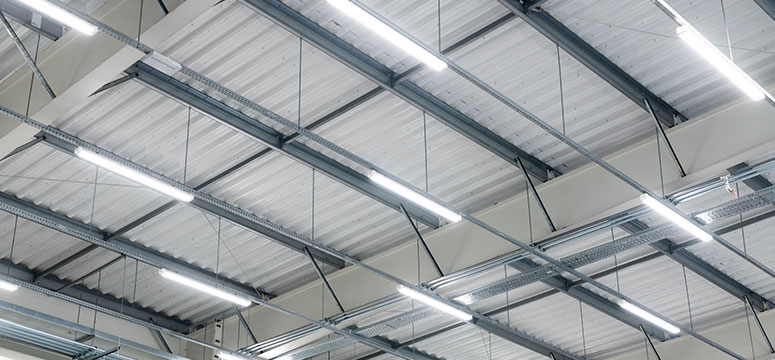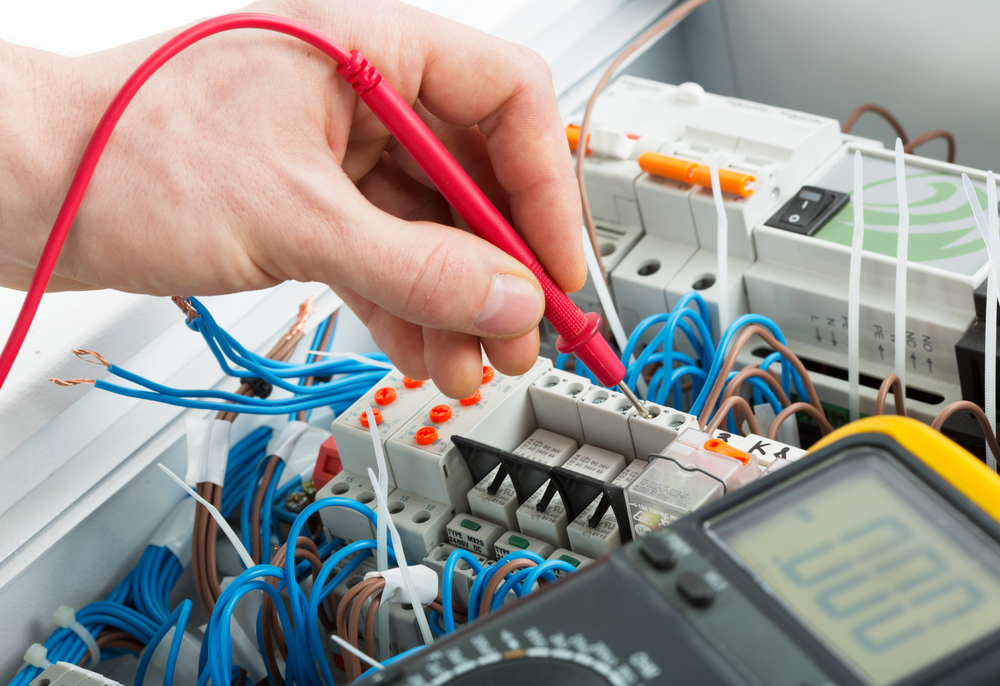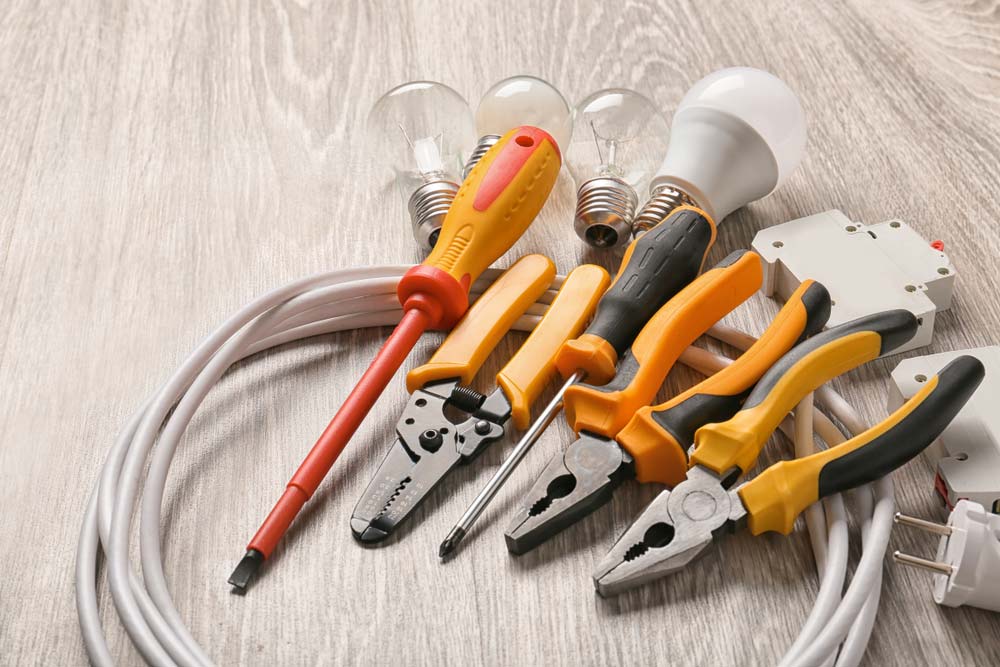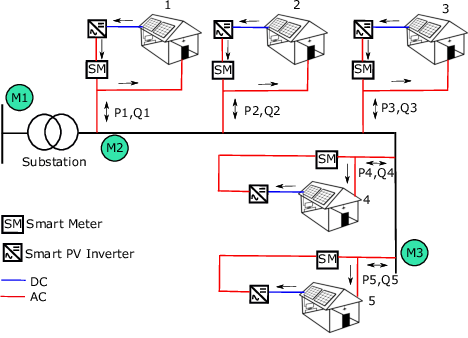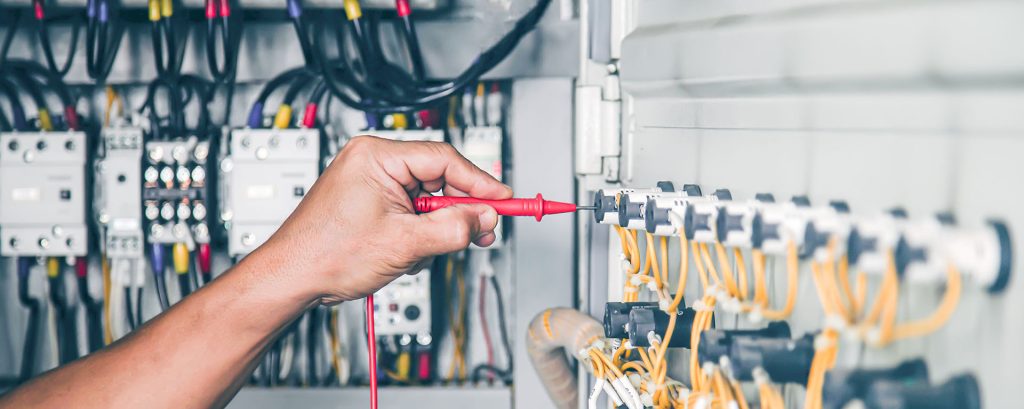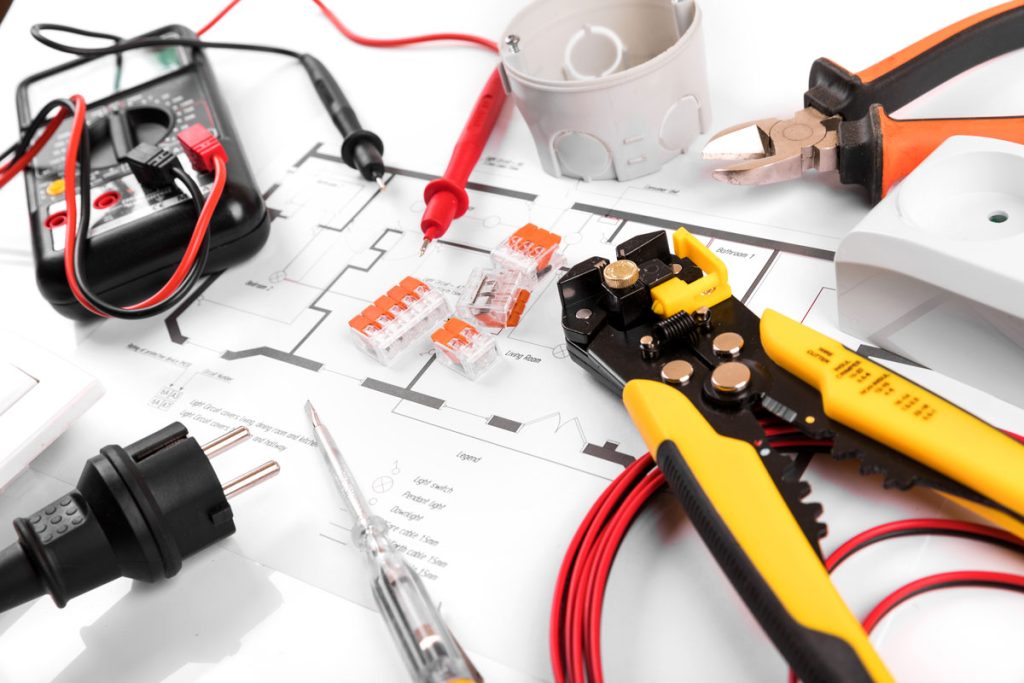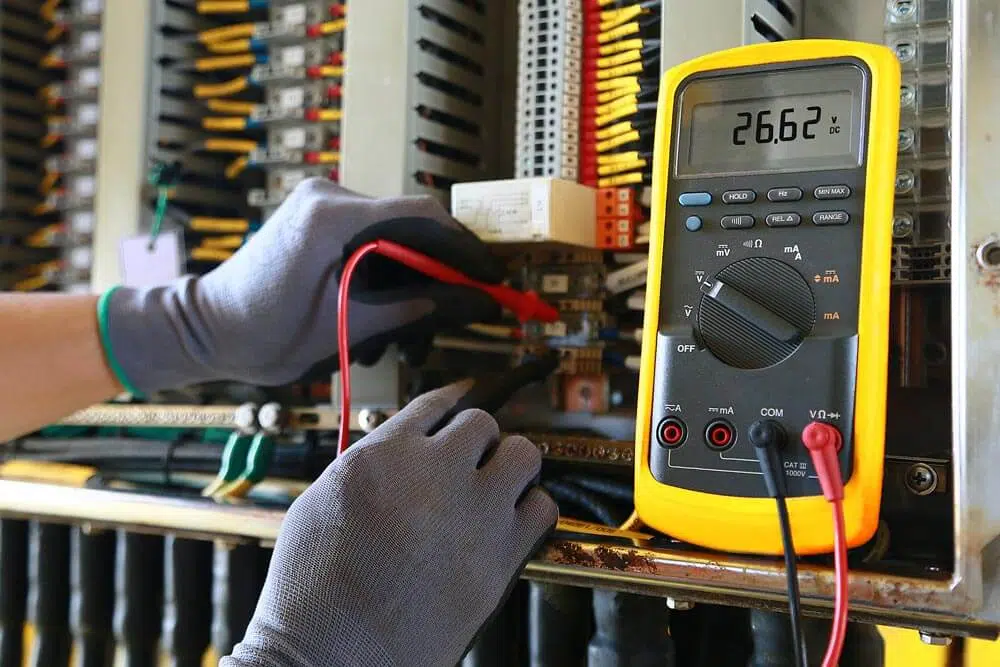Welcome to the electrifying world of M2easy Electrical Services! There’s no room for shortcuts or risks when powering Illinois homes or businesses. With electricity playing a crucial role in our daily lives, ensuring that all electrical work is handled safely and efficiently is paramount. In this blog post, we dive into the importance of entrusting […]
Category Archives: Electrical Services
Are you looking to brighten your business while saving money and energy? Lighting retrofit solutions might be the shining beacon you need! In today’s fast-paced world, energy efficiency is more crucial than ever for businesses striving to reduce costs and environmental impact. Let’s explore how lighting retrofits can illuminate your path toward a brighter, greener […]
Introduction to Electrical Repairs Are flickering lights and sparking outlets giving you a shock? It’s crucial to stay informed about electrical issues in your home. Welcome to the ultimate guide on Electrical Electrician Repairs—your go-to resource for tackling electrical problems like a pro! Let’s dive into circuits, switches, and safety together. What is Electrical Repair? […]
Introduction to Electrical Handymen Are you facing electrical issues at home that need immediate attention? Look no further! Electrical handypersons are here to save the day. From fixing faulty wiring to installing new fixtures, these skilled professionals have covered you Electrical Handyman. In this blog post, discover why hiring an electrical handyperson is the intelligent […]
Introduction to Low Voltage Network Cabling Are you tired of dealing with messy and unreliable network cabling systems? Look no further! Low-voltage network cabling is here to revolutionize the way you connect and communicate. This comprehensive guide will delve into the world of low-voltage network cabling, exploring its different types, benefits, and installation considerations and […]
Introduction to Low Voltage Communication Are you ready to dive into the world of Low-Voltage Communication? In today’s fast-paced digital age, staying connected is more important than ever. Low-voltage communication systems offer a reliable and efficient way to keep information flowing smoothly. Let’s explore the benefits, types, implementation strategies, and industries that benefit from it […]
Are you experiencing flickering lights, faulty outlets, or other minor electrical issues in your home or office? You’re not alone! Electrical problems can be frustrating and potentially dangerous, but fortunately, many can be quickly resolved with minor electrical services. In this comprehensive guide, we’ll cover everything you need to know about minor electrical services – […]
Are you facing electrical issues at home or work? Handling electrical work yourself can be dangerous, whether flickering lights, faulty outlets, or a complete wiring overhaul. This is where professional electrical services come to the rescue! This comprehensive guide will delve into why hiring professionals is crucial, the myriad benefits they bring, the types of […]
Welcome to the world of modern commercial buildings, where low-voltage wiring is the unsung hero behind seamless connectivity and efficient operations. In this blog post, we will delve into the importance of low-voltage wiring in commercial settings and why partnering with an electrical contractor is crucial for ensuring a reliable network. So, grab your hard […]
Welcome to the digital age, where connectivity and a reliable network are essential for smooth operations. Whether running a small business or managing a large enterprise, having a robust network infrastructure is crucial. That’s where low-voltage cabling services come into play. This blog post will explore how low-voltage cabling services can optimize your connectivity. From […]
- 1
- 2


